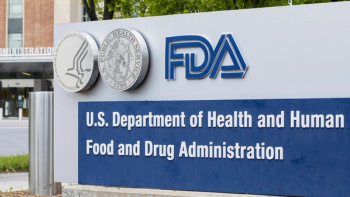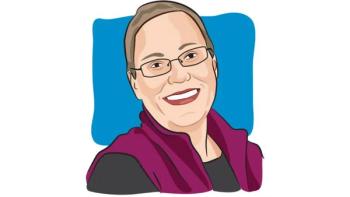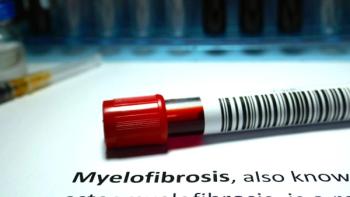
Now Nurses, Two Pediatric Cancer Survivors Help a New Generation of Patients
Laura Shinn and Jenna Cavalero, both former childhood patients of the Children’s Hospital of New Orleans, reflect on how their cancer journeys inform their work with patients today.
Both Laura Shinn and Jenna Cavalero began their histories with cancer as pediatric patients at Children’s Hospital of New Orleans, nearly 25 years apart. These days, they both work as oncology nurses at the hospital, providing care to a new generation of young patients.
“It's really exciting to see how far Jenna has come and that this is the path that she chose to follow for her career,” said Shinn, who was part of Cavalero’s care team more than a decade ago. “It's really exciting and quite humbling to just be there, watch her and get to work alongside of her.”
“We don't work on the unit together all of the time, but when Laura comes over from the office, it's just so fun being on the same side of the desk as her now instead of me being in a room,” said Cavalero.
Shinn received her diagnosis of embryonal rhabdomyosarcoma at the age of 6 in May of 1987, after her mother had found her tumor on Mother’s Day. She underwent chemotherapy and radiation at Children’s Hospital, beginning on her seventh birthday, and was cured in May of 1989 just before her ninth birthday, she explained.
The care she received, Shinn said, inspired her own life’s work.
“It was the dedication and compassion shown by the nurses as well as the rest of the medical staff, it made me want to give back and help other children and patients that were in my position,” Shinn said.
Cavalero was 12 years old when she received her diagnosis of osteosarcoma in October of 2011. During a follow-up visit with her orthopedic doctor after breaking a finger in a middle school volleyball game, she mentioned she had been experiencing knee pain. “I wasn't participating in my dance classes as much because it was bothering me and I wasn't a big complainer as a kid and my mom was like, ‘We need to tell them just so they can look at it and see what's going on,’” Cavalero said.
After one x-ray, she was set to Children’s Hospital, where she received her diagnosis and began nine months of treatment that included both chemotherapy and surgery, concluding on her mother’s birthday in 2012.
Shinn remembers her first impressions of the then-pre-teen Cavalero.
“She was very quiet, very sweet (and) was very compliant with anything we asked her to do,” Shinn said. “And she was very shy in the beginning, but it didn't take her any time at all to warm up to us.”
“The older I got, the more I referred back to, ‘I want to do what those people did for me,’” Cavalero said. “And so, the more that I thought about it, I was like, ‘I don't think I could like stick needles in kids. I don't think I could make a kid cry. I think that would make me cry.’ But as I went through high school and started college, that was the only thing that I kept coming back to that I actually felt like I could do. And so, I think the thought just was there since I went through treatment and it just took me a while to figure out that, yeah, that's actually what I want to do.”
Shinn and Cavalero spoke with CURE® about how their own cancer journeys inform their interactions with patients and explain the role that nurses play in caring for young patients with cancer.
Transcript:
Laura Shinn: You not only need to talk to the parent or the caregiver, but you need to get down on the patient's level and explain to them what you're doing or what's going to happen in a way that they're going to understand it, using terms that they're going to understand — not necessarily the big medical terms that the physicians are going to come in and use. And you just need to let them know that it's OK to cry, it's OK to be sad, but we're going to get you through this. That's part of our job, to help you get through this and be on that journey with you until you reach the other side.
Jenna Cavalero: I feel the same (way). You want to make sure that you talk to the kid and make sure that everybody involved in the treatment is on the same page. I feel like it helps just to know if they feel a certain way that certain day (and) kind of remembering what how I felt in certain instances.
Shinn: We are the ones that are in the room with you for 12 hours straight, for our entire shift. We're the ones there that administer the medications, that carry out the orders that the physicians provide. We're the ones that are in there, educating the patients on the medications and what the side effects might be and things to watch out for. And we're also the ones at the bedside, consoling the patient and the families or on a good day getting to play with the patients if they're feeling up to it. And we're kind of like, I don't want to say the mouthpiece, but we're like the arms and legs of the physician, carrying out what they would like done.
This transcript has been edited for length and clarity.
For more news on cancer updates, research and education, don’t forget to





